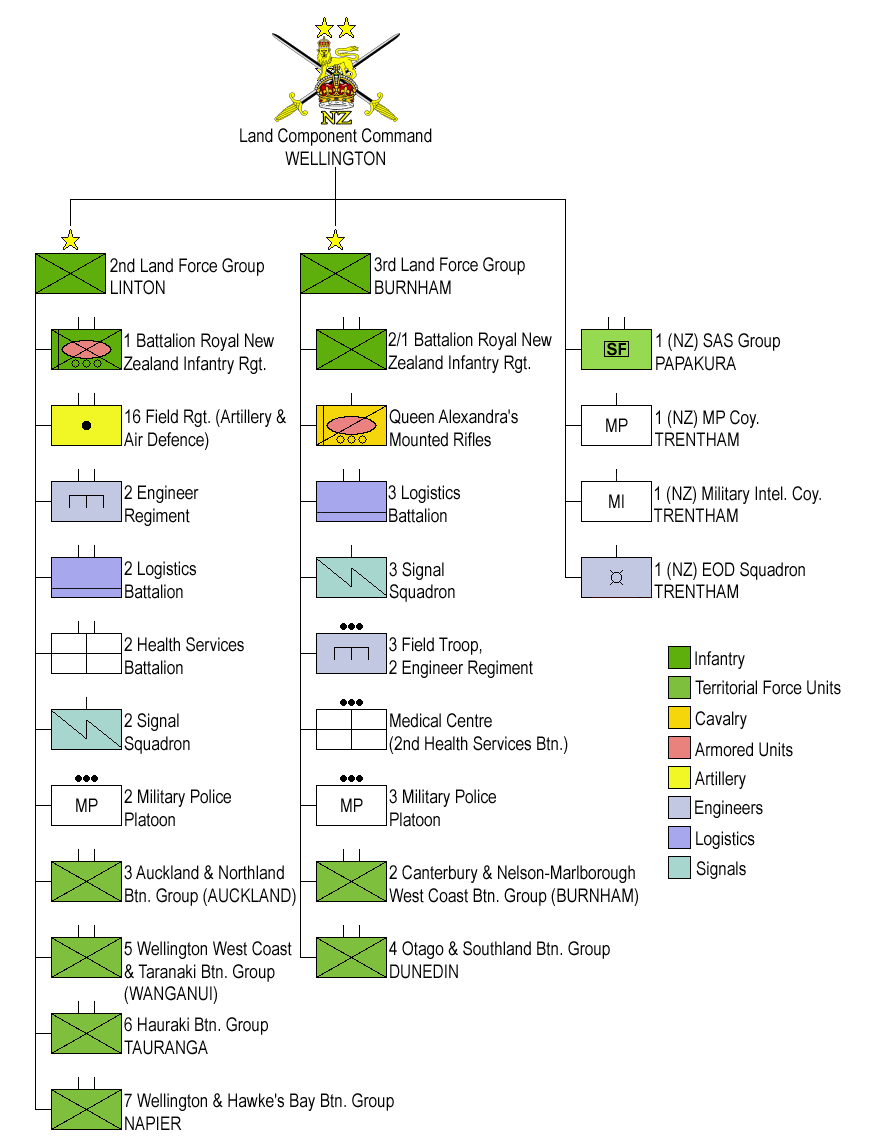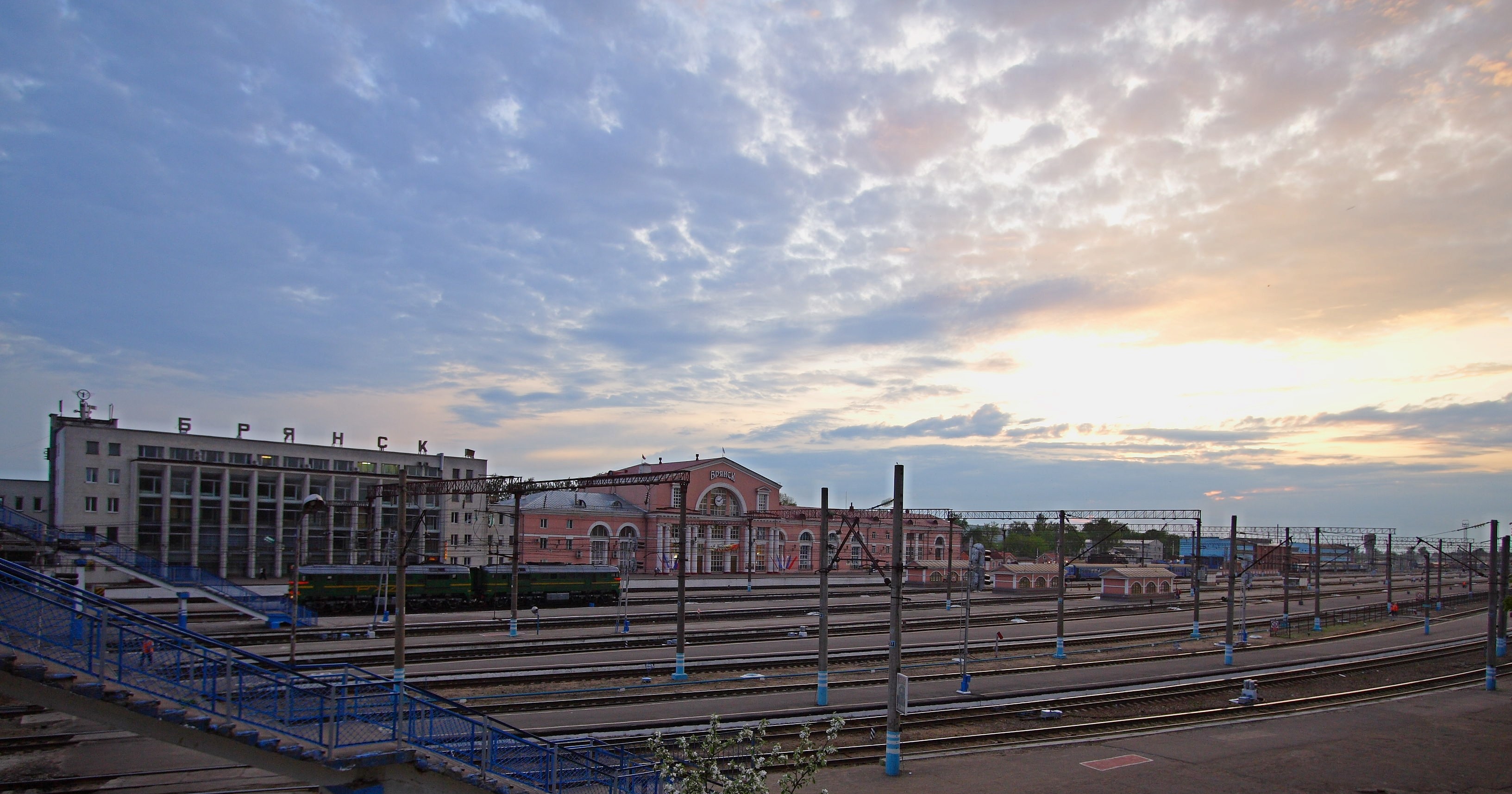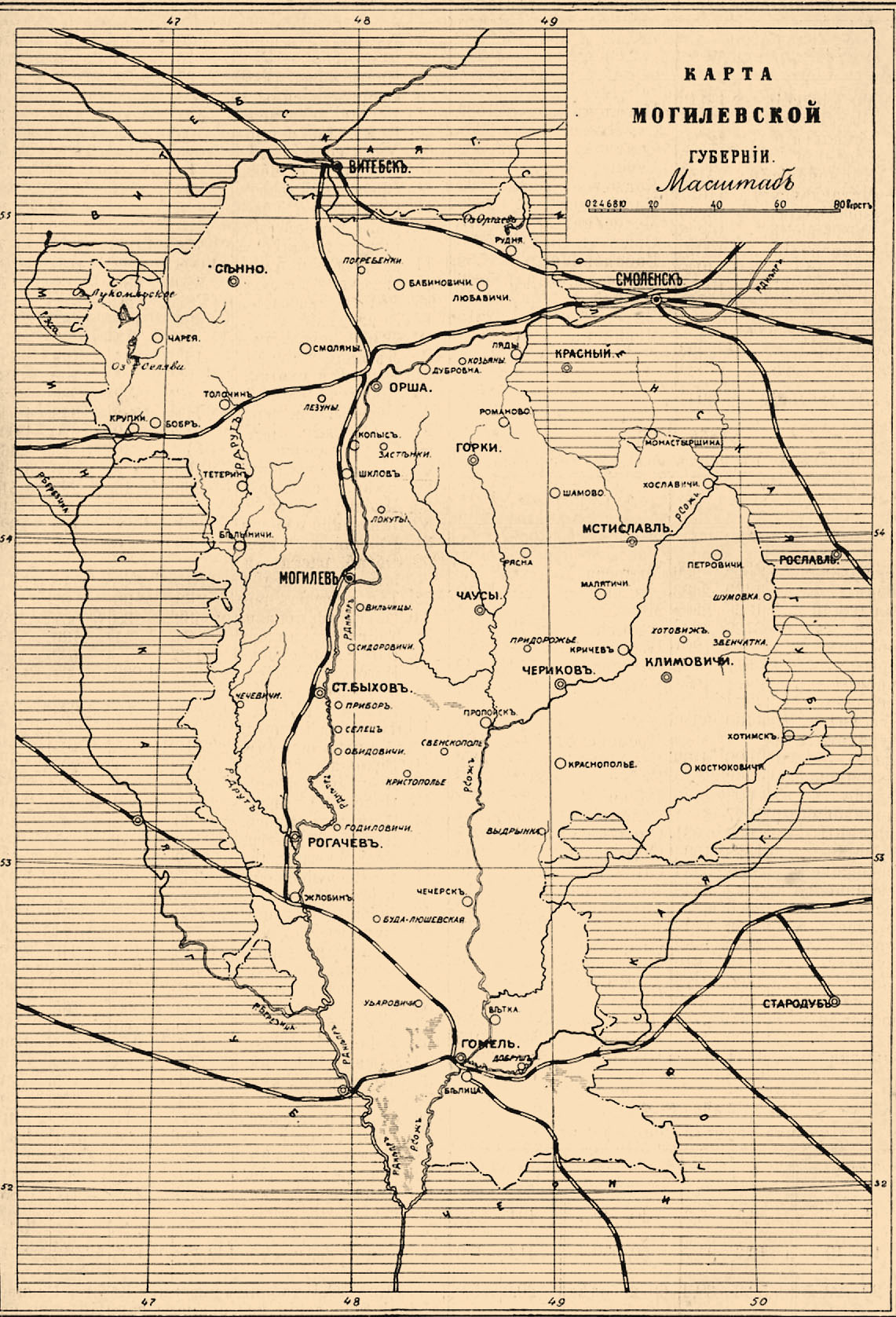|
210th Motorized Division
The 210th Rifle Division was formed as an infantry division of the Red Army after a motorized division of that same number was badly damaged and then redesignated as a cavalry division in the first weeks of the German invasion of the Soviet Union. It served through nearly the remainder of the war on a quiet sector in Transbaikal Front, entirely as part of 36th Army. During July 1945, in the leadup to the Soviet invasion of Manchuria, it was transferred to the 86th Rifle Corps, still in 36th Army. This Army was in the second echelon of the invading forces and saw very little, if any, actual combat, but the division was nevertheless given a battle honor. It was transferred to 17th Army and was disbanded with it by mid-1946. 210th Motorized Division The division began forming in March 1941 as part of the prewar buildup of Soviet mechanized forces in the Western Special Military District as part of the 20th Mechanized Corps. Based on the 4th Cavalry Division at Asipovichy, it ... [...More Info...] [...Related Items...] OR: [Wikipedia] [Google] [Baidu] |
Red Army
The Workers' and Peasants' Red Army (Russian: Рабо́че-крестья́нская Кра́сная армия),) often shortened to the Red Army, was the army and air force of the Russian Soviet Federative Socialist Republic and, after 1922, the Union of Soviet Socialist Republics. The army was established in January 1918. The Bolsheviks raised an army to oppose the military confederations (especially the various groups collectively known as the White Army) of their adversaries during the Russian Civil War. Starting in February 1946, the Red Army, along with the Soviet Navy, embodied the main component of the Soviet Armed Forces; taking the official name of "Soviet Army", until its dissolution in 1991. The Red Army provided the largest land force in the Allied victory in the European theatre of World War II, and its invasion of Manchuria assisted the unconditional surrender of Imperial Japan. During operations on the Eastern Front, it accounted for 75–80% of casual ... [...More Info...] [...Related Items...] OR: [Wikipedia] [Google] [Baidu] |
Western Front (Soviet Union)
The Western Front was a front of the Red Army, one of the Red Army Fronts during World War II. The Western Front was created on 22 June 1941 from the Western Special Military District (which before July 1940 was known as Belorussian Special Military District). The first Front Commander was Dmitry Pavlov (continuing from his position as District Commander since June 1940). The western boundary of the Front in June 1941 was long, from the southern border of Lithuania to the Pripyat River and the town of Włodawa. It connected with the adjacent North-Western Front, which extended from the Lithuanian border to the Baltic Sea, and the Southwestern Front in Ukraine. Operational history Front dispositions 22 June 1941 The 1939 partition of Poland according to the Molotov–Ribbentrop Pact established a new western border with no permanent defense installations, and the army deployment within the Front created weak flanks. At the outbreak of war with Germany, the Western Special ... [...More Info...] [...Related Items...] OR: [Wikipedia] [Google] [Baidu] |
298th Rifle Division
The 298th Rifle Division () was an infantry division of the Soviet Union's Red Army during World War II, formed three times. The division was first formed in the summer of 1941 and was destroyed in the Bryansk pocket in the fall of that year. Reformed in December 1941 in Siberia, the division became a guards unit for its actions in the Battle of Stalingrad in March 1943. It was reformed in July 1943 in the Soviet Far East, and fought in the Soviet invasion of Manchuria in August 1945, before being disbanded in 1946. History First Formation The 298th began forming on 2 July 1941 at Kalinin, part of the Moscow Military District. Its basic order of battle included the 886th, 888th, and the 892nd Rifle Regiments, as well as the 828th Artillery Regiment. In early August it was moved west, and assigned to the Reserve Front's 24th Army on 5 August, with its headquarters at Sychyovka. After briefly transferring to the 49th Army, the 298th was withdrawn to the Bryansk Front reserv ... [...More Info...] [...Related Items...] OR: [Wikipedia] [Google] [Baidu] |
278th Rifle Division
The 278th Rifle Division () was an infantry division of the Soviet Union's Red Army during World War II, formed three times. The division was first formed in the summer of 1941 and destroyed in the Bryansk pocket in the fall of that year. Reformed in January 1942, the division's second formation became a guards division for its actions in the Battle of Stalingrad. Formed a third time in the summer of 1943 in the Soviet Far East, the division fought in the Soviet invasion of Manchuria in August and September 1945 before being disbanded in the fall of that year. History First Formation The 278th began forming on 10 July 1941 at Livny in the Orel Military District. Its basic order of battle included the 851st, 853rd, and the 855th Rifle Regiments, as well as the 847th Artillery Regiment. On 15 August, the division was assigned to the 50th Army of the Bryansk Front. Just before Operation Typhoon, the German offensive on Moscow, began in late September, the division's 855th Rif ... [...More Info...] [...Related Items...] OR: [Wikipedia] [Google] [Baidu] |
57th Rifle Division
The 57th Rifle Division () was an infantry division of the Red Army and the Soviet Army. The division was originally formed in late 1920 as the 24th Rifle Division of the Internal Service Troops (VNUS) in the closing stages of the Russian Civil War. It was transferred to the Red Army in early 1921 as the 57th Rifle Division. The division served in the Urals as a territorial division during the 1920s and early 1930s. Transferred to the Transbaikal in 1932, it fought in the Battles of Khalkhin Gol in mid-1939 and was reorganized as the 57th Motor Rifle Division in 1940. Having spent much of World War II on garrison duty in the Mongolian People's Republic, the division participated in the August 1945 Soviet invasion of Manchuria, but did not see combat. It was converted into a rifle division again in 1946, before being reduced to the 55th Separate Rifle Regiment in early 1947. Russian Civil War and Interwar period The 24th Rifle Division of the Internal Service Troops (VNUS) ... [...More Info...] [...Related Items...] OR: [Wikipedia] [Google] [Baidu] |
209th Rifle Division
The 209th Rifle Division was formed as an infantry division of the Red Army after a motorized division of that same number was destroyed in the first weeks of the German invasion of the Soviet Union. It served through nearly the remainder of the war on a quiet sector in Transbaikal Front, mostly as part of 36th Army. During July 1945, in the leadup to the Soviet invasion of Manchuria, it was transferred to 17th Army, still in Transbaikal Front. This Army was in the second echelon of the invading forces and saw very little, if any, actual combat, but the division was nevertheless given a battle honor. It had been disbanded by mid-1946. 209th Motorized Division The division began forming in March 1941 as part of the prewar buildup of Soviet mechanized forces in the Western Special Military District as part of the 17th Mechanized Corps. Based on the 13th Motorized Machine-gun Artillery Brigade at Iwye, it was still located there on June 22. Once formed its order of battle was as ... [...More Info...] [...Related Items...] OR: [Wikipedia] [Google] [Baidu] |
Table Of Organization And Equipment
A table of organization and equipment (TOE or TO&E) is the specified organization, staffing, and equipment of Military unit, units. Also used in acronyms as 'T/O' and 'T/E'. It also provides information on the mission and capabilities of a unit as well as the unit's current status. A general TOE is applicable to a type of unit (for instance, an infantry battalion) rather than a specific unit (the 2nd Battalion, 4th Infantry Regiment (United States), 4th Infantry Regiment). Sometimes, all units of the same branch (such as Infantry) follow the same structural guidelines; much more often, there are a wide variety of TOEs to suit specific circumstances (Modified Tables of Organization and Equipment (MTOEs), in the United States Army, for example). Soviet Union and Russia In the Red Army, Soviet and the Russian Armed Forces the term used for TO&E since the 1930s is ''"Shtatnoe raspisanie"'' (''Штатное расписание'', literally translated as Shtat Prescription). It orig ... [...More Info...] [...Related Items...] OR: [Wikipedia] [Google] [Baidu] |
Panzergrenadier Division Großdeutschland
The Panzergrenadier Division "Greater Germanic Reich, Großdeutschland", also commonly referred to simply as Großdeutschland or Großdeutschland Division, was an elite combat unit of the German Army (1935–1945), German Army (''Heer'') that fought on the Eastern Front (World War II), Eastern Front in World War II. Originally formed in 1921 it was known as the ''Wachregiment Berlin'' and served as a Guard of honour, ceremonial guard unit and by the 1939 had grown into a regiment of the combined Wehrmacht German armed forces. The regiment would later be expanded and renamed Infantry Division Großdeutschland in 1942, and after significant reorganization was renamed Panzergrenadier Division Großdeutschland in May 1943. In November 1944, while the division retained its status as a panzergrenadier division, some of its subordinate units were expanded to Division (military), divisional status, and the whole group of divisions were reorganized as Panzerkorps Großdeutschland. 1939– ... [...More Info...] [...Related Items...] OR: [Wikipedia] [Google] [Baidu] |
Bryansk
Bryansk ( rus, Брянск, p=brʲansk) is a city and the administrative center of Bryansk Oblast, Russia, situated on the River Desna, southwest of Moscow. Population: Geography Urban layout The location of the settlement was originally associated with navigable river-routes and was located in the area of the Chashin Kurgan, where the fortress walls were erected. For reasons that have not yet been clarified, the city changed its location and by the middle of the 12th century had established itself on the steep slopes of the right bank of the Desna on Pokrovskaya Hill (russian: Покровская гора). The foundations of the future urban development of the city were laid even earlier, when around the city-fortress in the 17th century after the Time of Troubles of 1598-1613 on the coastal strip at the foot of the Bryansk fortress the posadskaya "Zatinnaya Sloboda" was upset, and on the upper plateau, between Verkhniy Sudok and White Kolodez - the "Streletskaya Sloboda". ... [...More Info...] [...Related Items...] OR: [Wikipedia] [Google] [Baidu] |
XXIV Army Corps (Wehrmacht)
The XXIV Army Corps (german: XXIV. Armeekorps) was a unit of the German Army during World War II. The unit was re-designated several times; originally being ''Generalkommando der Grenztruppen Saarpfalz'', later ''Generalkommando XXIV. Armeekorps'', then ''XXIV. Armeekorps (mot.)'' and finally XXIV. Panzerkorps. History The ''Generalkommando der Grenztruppen Saarpfalz'' was created in October 1938 in Kaiserslautern in army sector XII under the command of General der Pioniere Walter Kuntze as one of three such general commands. On August 26, 1939, the corps was mobilized and on September 17th of the same year renamed to 24th Army Corps. At the start of World War II it contained several regiments of border infantry in addition to the three Infantry-Divisions. The corps was assigned to the 1st Army of Army Group C from the beginning of the Phoney War until the end of the Battle of France; and operated primarily defensively on the western border. In the final phase of the Battle of Fr ... [...More Info...] [...Related Items...] OR: [Wikipedia] [Google] [Baidu] |
Mogilev
Mogilev (russian: Могилёв, Mogilyov, ; yi, מאָלעוו, Molev, ) or Mahilyow ( be, Магілёў, Mahilioŭ, ) is a city in eastern Belarus, on the Dnieper River, about from the border with Russia's Smolensk Oblast and from the border with Russia's Bryansk Oblast. , its population was 360,918, up from an estimated 106,000 in 1956. It is the administrative centre of Mogilev Region and the third-largest city in Belarus. History The city was first mentioned in historical records in 1267. From the 14th century, it was part of the Grand Duchy of Lithuania, and since the Union of Lublin (1569), part of the Polish–Lithuanian Commonwealth, where it became known as ''Mohylew''. In the 16th-17th centuries, the city flourished as one of the main nodes of the east–west and north–south trading routes. In 1577, Polish King Stefan Batory granted it city rights under Magdeburg law. In 1654, the townsmen negotiated a treaty of surrender to the Russians peacefully, if ... [...More Info...] [...Related Items...] OR: [Wikipedia] [Google] [Baidu] |




